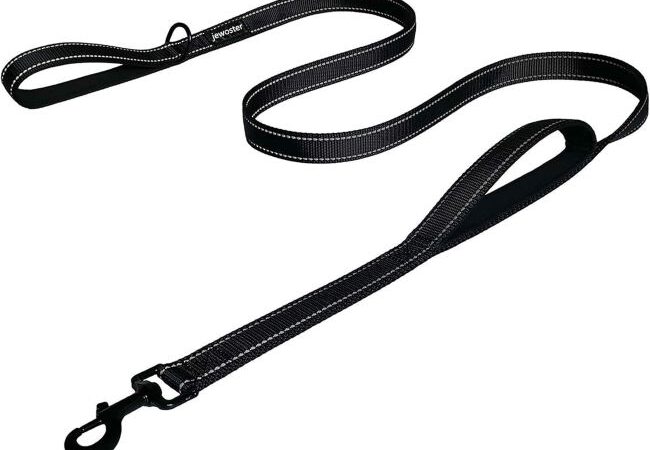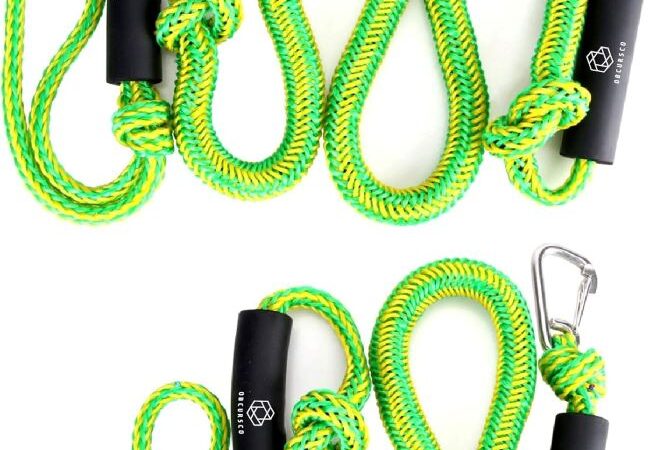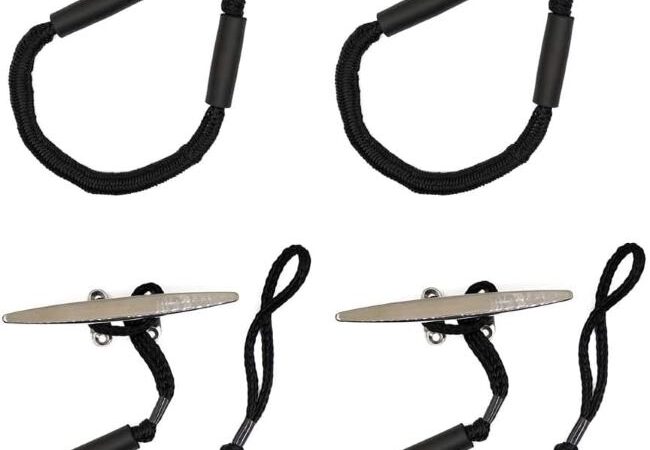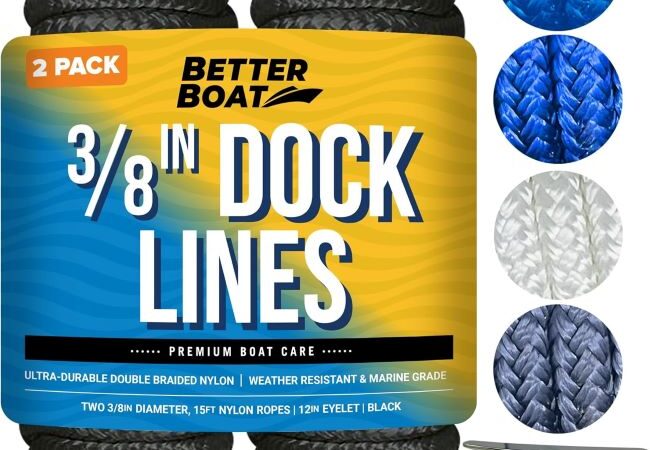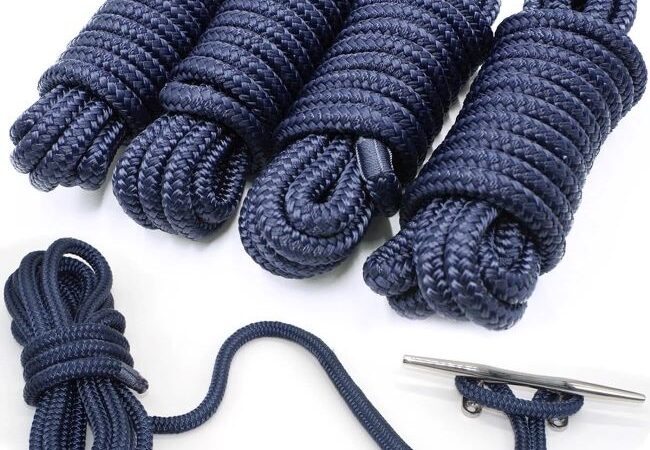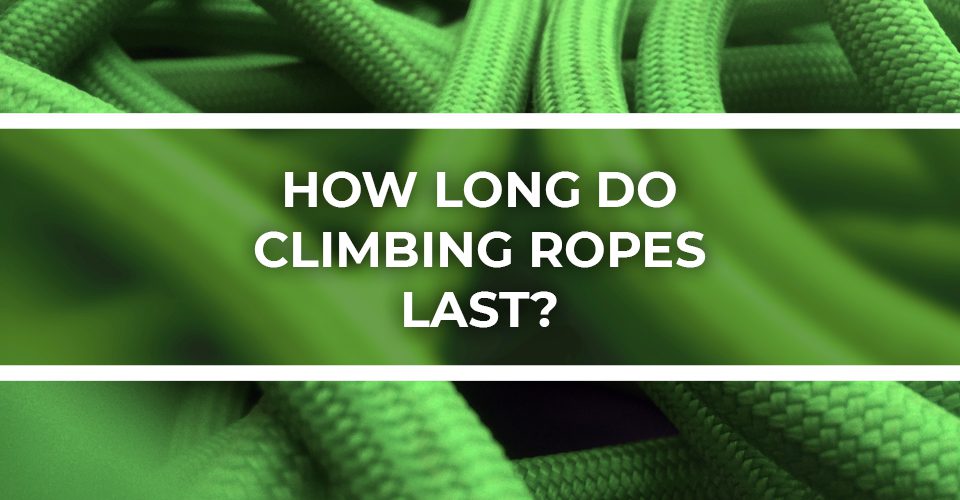
How Long Should You Keep a Climbing Rope: Maximize Safety
A climbing rope should generally be replaced every 10 years, regardless of use. If used regularly, replace it every 1 to 5 years, depending on wear and tear.
Contents at a Glance
ToggleClimbing ropes are a lifeline for climbers, and their integrity is crucial for safety. Over time, ropes degrade due to environmental factors and mechanical wear. Manufacturers often provide guidelines on rope lifespan, balancing frequency of use with exposure to elements and stress.
Regular inspections for cuts, abrasions, and other damage can help determine a rope’s condition. Seasoned climbers know the importance of retiring a rope at the first signs of compromise. By adhering to these safety standards, climbers can ensure they’re always climbing with reliable gear. Remember, no climb is worth risking a fall on a worn-out rope.
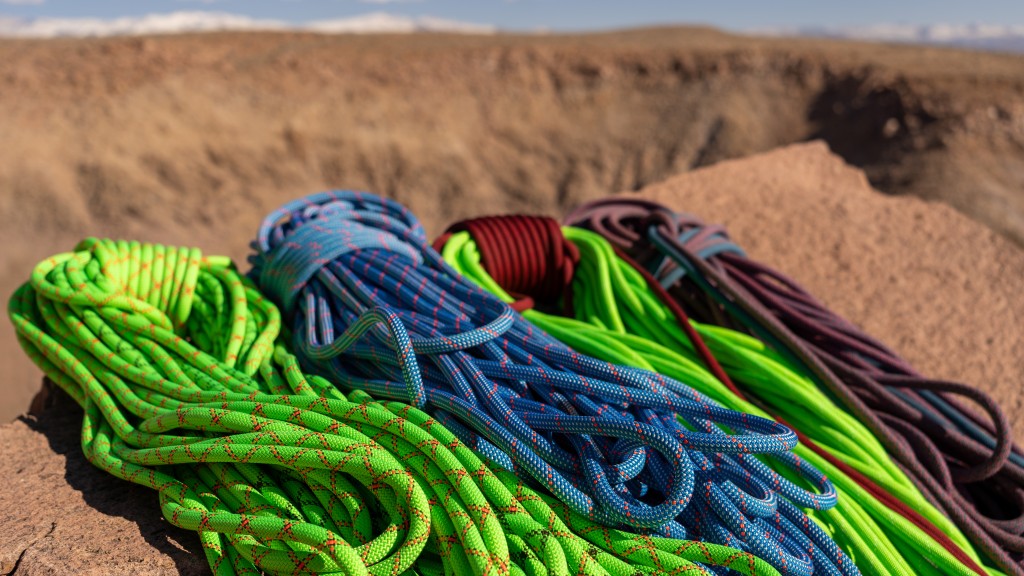
Credit: www.outdoorgearlab.com
Assessing Climbing Rope Lifespan
Climbing ropes are vital for safety in climbing adventures. Knowing how long to keep a climbing rope is crucial. Let’s delve into the factors that influence a rope’s durability and what manufacturers say about lifespan.
Factors Affecting Rope Durability
The longevity of a climbing rope depends on several factors. These can impact its performance and safety. Here’s what to consider:
- Frequency of use: More use means more wear.
- Types of climbs: Harsh surfaces can damage ropes faster.
- Proper storage: Sunlight and moisture can weaken ropes.
- Falls: The number and severity of falls affect rope strength.
- Care and maintenance: Regular checks keep ropes safe.
Manufacturer’s Recommendations
Manufacturers provide guidelines for rope lifespan. These recommendations are based on tests and standards. Check your rope’s manual for specifics. Generally, a rope’s life can range from a few years to a decade.
| Condition | Lifespan |
|---|---|
| Frequent use | 1-3 years |
| Occasional use | 3-5 years |
| Rarely used, well-stored | Up to 10 years |
Always inspect your rope before and after climbs. If you find damage or it’s past its lifespan, replace it to stay safe.
Starting Point: The Rope’s Date Of Manufacture
When it’s time to climb, safety comes first. A climbing rope is your lifeline.
But, like all gear, it doesn’t last forever. Knowing when your rope was made is key.
Let’s explore why the manufacture date matters and how to find it.
Identifying The Production Date
Every climbing rope has a tag or label with vital information.
This includes the date of production. It’s often found at one end of the rope,
printed or stitched onto a tag. Look for a series of numbers or a date explicitly stated.
Visual clues also help. Some manufacturers use a color-coded system
for the year of production. Check the rope’s manual or the manufacturer’s website for details.
Importance Of The Manufacture Date
The manufacture date is a starting point. It tells you how old the rope is,
regardless of when you bought it. Climbing ropes have a limited lifespan.
This is due to the materials they are made from.
Manufacturers provide a recommended time range for rope use.
This range includes both active and storage life.
Combining these gives the total lifespan of the rope.
| Condition | Active Use | Storage | Total Lifespan |
|---|---|---|---|
| Frequent Use | 1 Year | Up to 4 Years | 5 Years |
| Occasional Use | 2 Years | Up to 6 Years | 8 Years |
| Rare Use | 4 Years | Up to 6 Years | 10 Years |
Regular checks and proper care extend a rope’s life.
Always refer to the manufacturer’s guidelines for the most accurate information.
Usage Intensity And Rope Longevity
Understanding usage intensity and rope longevity is key for climbers. The life of a climbing rope depends on its use. This section will guide you through the factors that affect how long you should keep your climbing rope.
Casual Vs. Frequent Climbing
Casual climbers hit the rocks or gym occasionally. They may climb a few times a month. Their ropes face less wear and tear. This means the rope can last longer, up to a few years with proper care. On the other hand, frequent climbers are on the ropes almost daily. Their gear requires more attention. The constant use shortens the rope’s life. Frequent inspections are vital. Replace ropes more often to ensure safety.
Impact Of Fall Frequency On Rope Wear
The number of falls a rope endures is crucial. Each fall puts stress on the rope fibers. More falls mean more damage. This table shows the impact:
| Fall Frequency | Effect on Rope |
|---|---|
| Low Fall Count | Minor wear, rope lasts longer |
| High Fall Count | Increased wear, replace sooner |
Keep track of your falls. Notice any fraying or other signs of damage. A rope that frequently catches falls may need replacement within a year. Always follow the manufacturer’s guidelines for rope care and retirement.
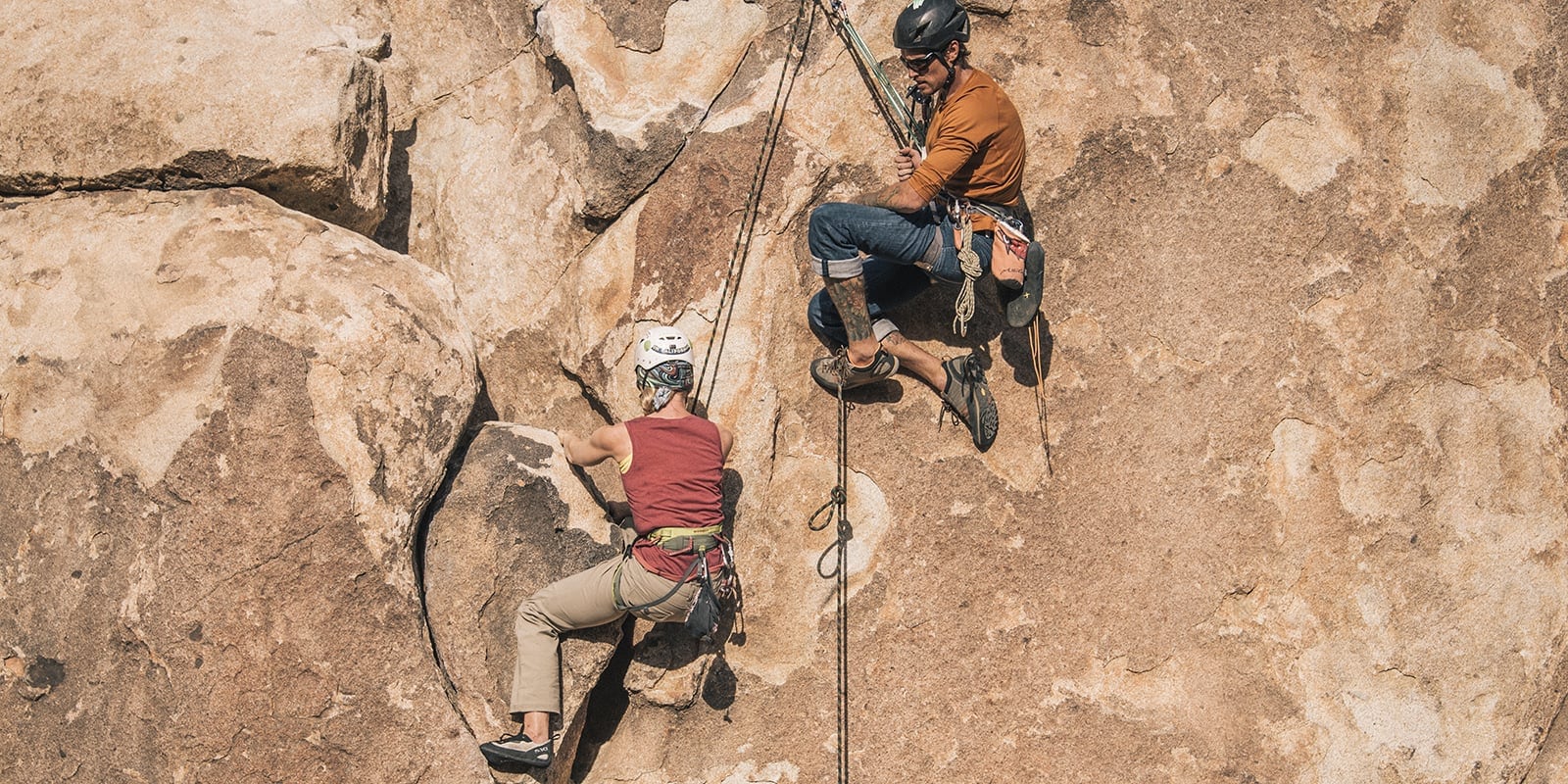
Credit: www.rei.com
Environmental Conditions And Their Effects
Environmental conditions play a crucial role in the lifespan of a climbing rope. Factors like UV exposure, temperature extremes, chemicals, and sharp edges can significantly shorten a rope’s life. Understanding these factors will help climbers make informed decisions about rope care and replacement.
Uv Exposure And Temperature Extremes
UV rays from the sun can damage climbing ropes. Over time, UV light weakens the fibers, making them brittle. Store ropes away from direct sunlight. Temperature also affects rope durability. Extreme cold can make ropes stiff, while high heat may cause them to become more elastic.
- Store ropes in a cool, dark place to minimize UV damage.
- Avoid leaving your rope in the trunk of a car where temperatures can soar.
Chemicals And Sharp Edges
Chemicals like acids, oils, and salt can weaken a rope. Exposure often occurs without the climber’s knowledge. Always keep ropes clean and dry. Sharp edges are also a major threat to rope integrity. Rocks or metal edges can cut or fray the rope.
| Environmental Factor | Effect on Rope | Preventative Action |
|---|---|---|
| Chemicals | Weaken fibers | Keep rope clean and dry |
| Sharp Edges | Can cut or fray | Use rope protectors |
Regularly inspect your rope for signs of wear from these environmental conditions. Replace it if you notice significant damage. This ensures safety during climbs.
Regular Inspection And Care
The lifespan of a climbing rope depends heavily on its care and regular inspection. To ensure safety and optimal performance, climbers must be diligent in maintaining their ropes. This section delves into the critical practices of visual inspections and proper cleaning and storage, which can greatly extend the life of your climbing rope.
Visual Inspections For Wear And Damage
Regular visual checks are essential for climbing rope maintenance. Before and after each climb, take time to examine the entire length of your rope. Look for signs of abrasion, cuts, or significant wear. Pay close attention to the sheath and core. Notice any unusual flattening or soft spots. These could indicate internal damage. Use a rope log to track inspections and any issues found. This log helps to make informed decisions about rope retirement.
- Check for fuzzy areas indicating sheath wear.
- Look for discoloration or dirt that could hide damage.
- Feel for inconsistencies in rope diameter.
- Inspect for any sharp bends or kinks.
Proper Cleaning And Storage Techniques
Cleaning and storing your rope correctly prevents damage. Dirt and grime can wear down a rope faster than expected. Wash your rope with mild soap and water when it gets dirty. Never use harsh chemicals or bleach. Allow it to air dry away from direct sunlight, as UV rays can weaken the fibers.
For storage, keep the rope loosely coiled or in a rope bag to avoid kinks. Store it in a cool, dry place, away from any chemicals or sharp objects. Avoid hanging it on hooks which can create small bends in the rope over time.
| Cleaning | Storage |
|---|---|
| Use mild soap and water | Store in a cool, dry place |
| Rinse thoroughly | Keep away from chemicals |
| Air dry away from UV light | Use rope bag or loose coil |
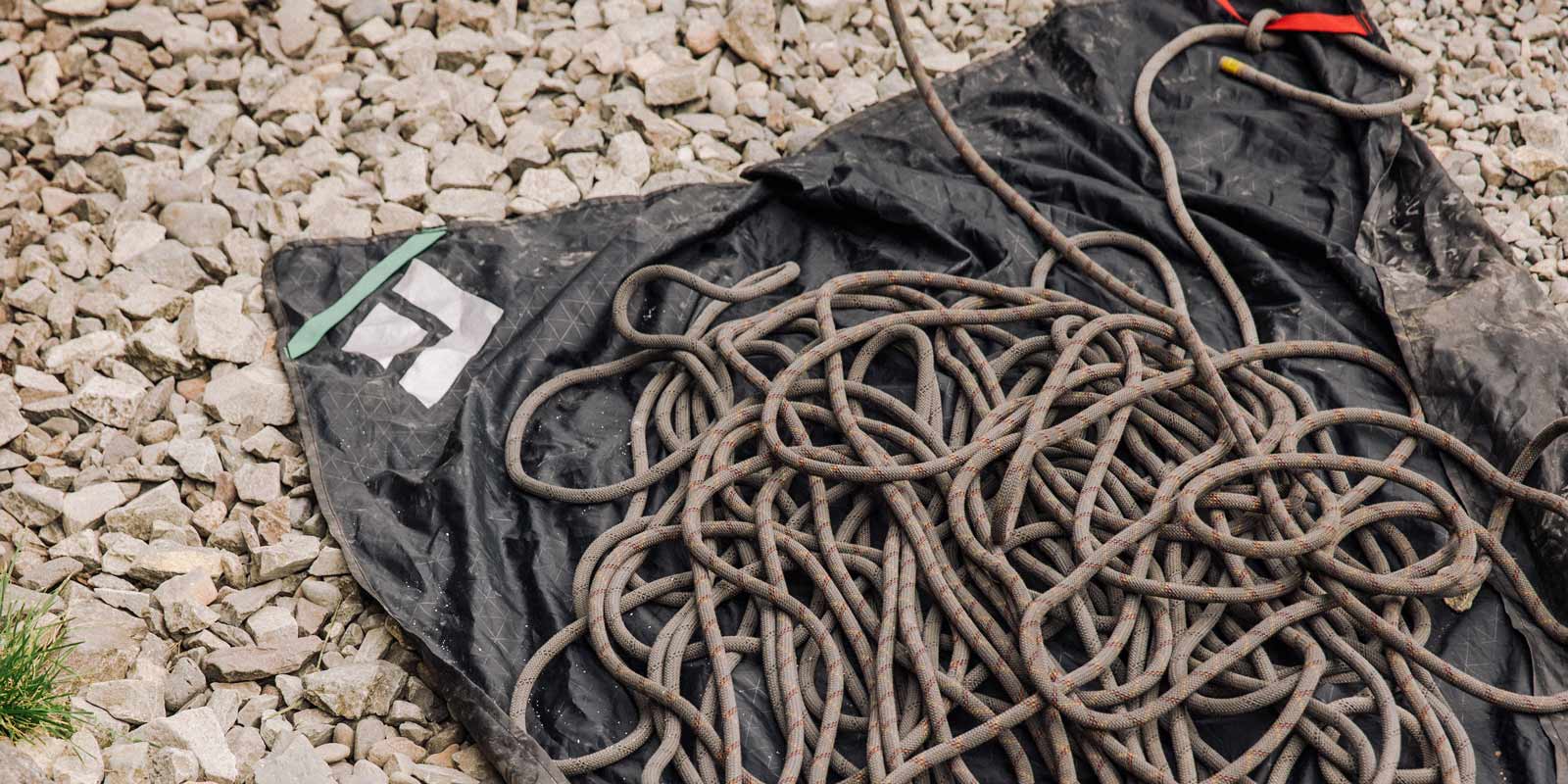
Credit: www.rei.com
Retirement Criteria For Climbing Ropes
Knowing when to retire a climbing rope is crucial for safety. Climbing ropes are lifelines. They must remain in top condition. The Retirement Criteria for Climbing Ropes are strict. They protect climbers from potential falls or injuries. This guide will explain key signs that indicate it’s time to retire your rope.
Visible Signs Of Damage
Regular inspections are a must. Look for these clear signs:
- Cuts or frays in the rope’s sheath.
- Discoloration that suggests chemical or UV damage.
- Core shots, where the inner core is visible.
- Glazing, which means the rope has a shiny, melted appearance.
Seeing any of these? It’s time to retire your rope immediately.
Changes In Rope Handling Characteristics
A rope that doesn’t handle like it used to can be a danger. Pay attention to:
- A stiff, inflexible feel when coiling or using the rope.
- Inconsistent diameter, suggesting core damage.
- Reduced elasticity, indicating the rope can’t absorb falls well.
These changes in handling mean a rope may not perform safely. Replace it to stay safe.
| Sign | Action |
|---|---|
| Visible damage | Retire immediately |
| Handling changes | Assess and replace if needed |
The Role Of Personal Judgment
The Role of Personal Judgment in determining the lifespan of a climbing rope cannot be understated. Unlike other climbing gear, where visual inspections might suffice, the condition of a climbing rope involves assessing subtle cues that only the user might recognize. This is where your personal judgment becomes crucial.
Trust Your Instincts
Always trust your instincts about your climbing rope. If you feel something is off, even if it looks fine, consider a deeper inspection or consultation. Here are key points to help you trust your judgment:
- Check for unusual stretchiness during climbs.
- Be aware of any strange sounds like popping or cracking.
- Notice if the rope feels stiff or brittle.
Remember, your safety is paramount. Your instincts are a key safety tool.
When In Doubt, Throw It Out
When unsure about your rope’s safety, it’s best to err on the side of caution. Here are situations when you should consider retiring your rope:
| Condition | Action |
|---|---|
| Visible core through sheath | Replace immediately |
| Severe abrasion | Replace immediately |
| After a major fall | Consult a professional |
| Unknown rope history | Do not use |
If in doubt, replacing your rope is the safest choice. This ensures your climbing experiences remain safe and enjoyable.
Disposal And Recycling Of Old Ropes
Disposal and Recycling of Old Ropes is a topic climbers often overlook. Yet, it’s crucial for both safety and environmental reasons. A climbing rope’s lifespan varies based on usage and care. However, even with the best maintenance, a time comes when you must retire your trusty line. Once it’s time to say goodbye, consider eco-friendly disposal or creative reuse.
Environmentally Friendly Disposal Methods
Disposing of old climbing ropes should not harm the environment. Here are some green methods:
- Recycling Programs: Some outdoor gear companies offer rope recycling services. They transform old ropes into new products.
- Upcycling Initiatives: Local climbing gyms or outdoor communities might have upcycling projects. They can turn ropes into art or practical items.
- Industrial Recycling: Check if local recycling facilities accept nylon. They can recycle climbing ropes into new nylon products.
Creative Repurposing Ideas
Instead of throwing away, get creative with your old climbing rope:
| Repurposing Idea | Description |
|---|---|
| Rugs and Mats: | Weave ropes into durable rugs for your home or van. |
| Leashes and Collars: | Make pet-friendly gear with a personal touch. |
| Garden Use: | Support growing plants or create outdoor art. |
| Handles and Pulls: | Upgrade drawers or doors with rope handles. |
Frequently Asked Questions
How Often Should I Replace A Climbing Rope?
Replace your climbing rope every 10 years if unused, 5 years with occasional use, or 1-3 years with frequent use. Always inspect it for damage before and after climbs, and replace immediately if you notice any signs of wear or damage.
When Should I Get Rid Of My Climbing Rope?
Replace your climbing rope if it shows signs of significant wear, such as frayed sheaths or core damage. Discard it immediately after a severe fall or if it’s over 10 years old, even with light use. Always follow the manufacturer’s recommendations for rope care and retirement.
How Many Years Does A Climbing Rope Last?
A climbing rope typically lasts for about 5 years with regular use, or up to 10 years if rarely used. Always inspect your rope for wear and damage before climbing.
Does Rope Have An Expiration Date?
Rope does not have a specific expiration date, but it degrades over time. Regular inspection and replacement based on wear, damage, and manufacturer recommendations are essential for safety.
Conclusion
Determining the lifespan of your climbing rope is crucial for safety. Regular checks and proper maintenance extend its life. Replace it as needed, based on use and wear. Remember, a dependable rope is key to a safe climbing experience. Always prioritize your safety on every climb.

